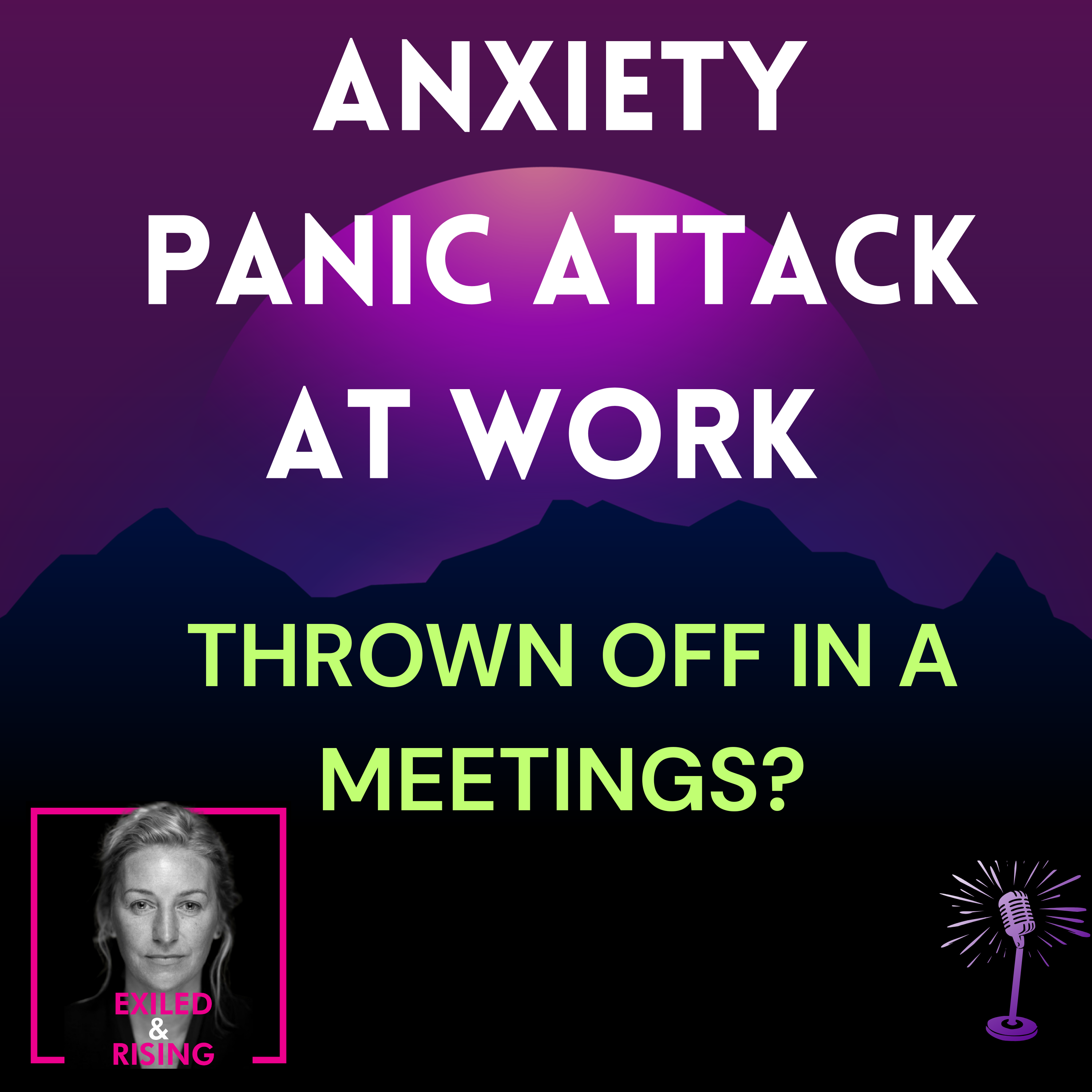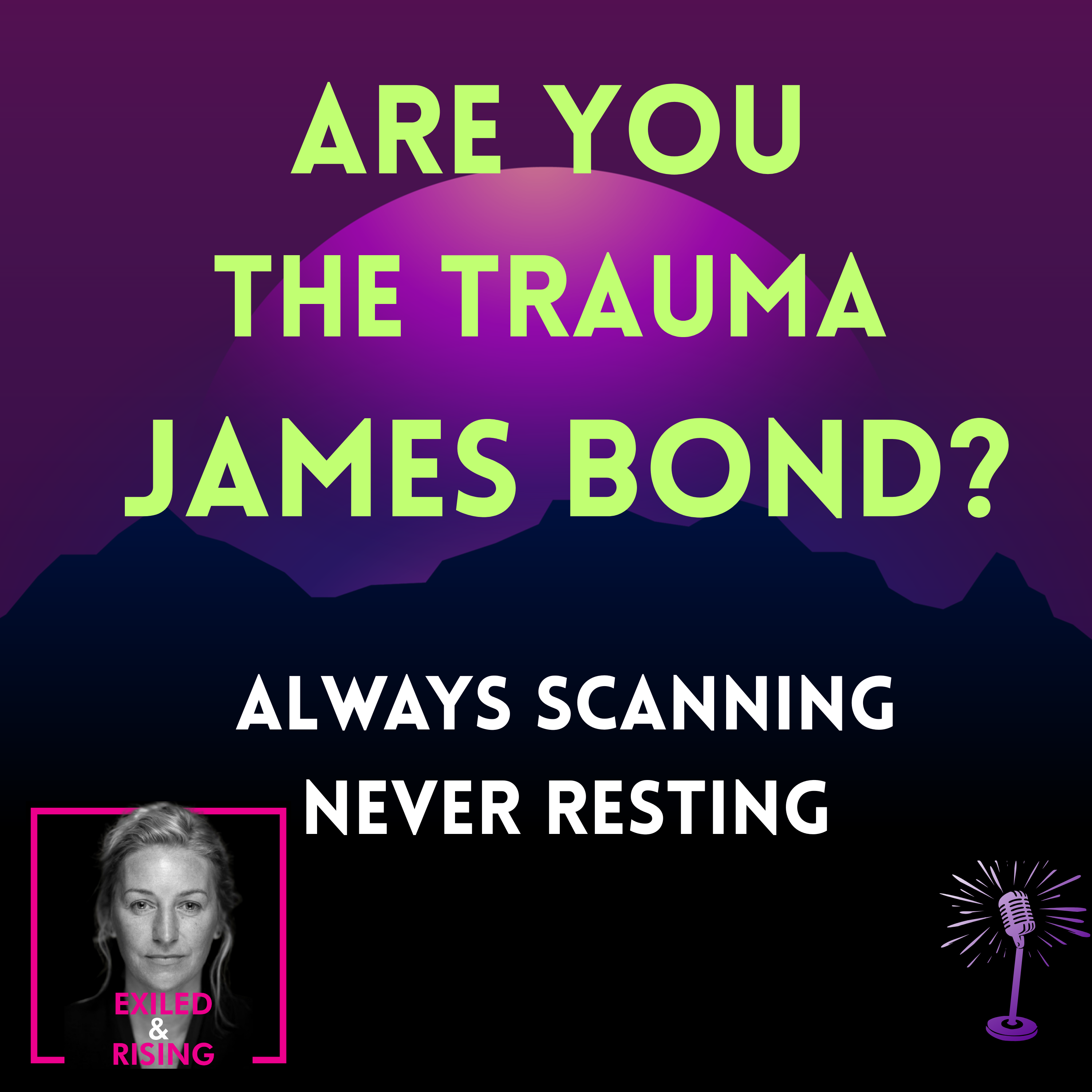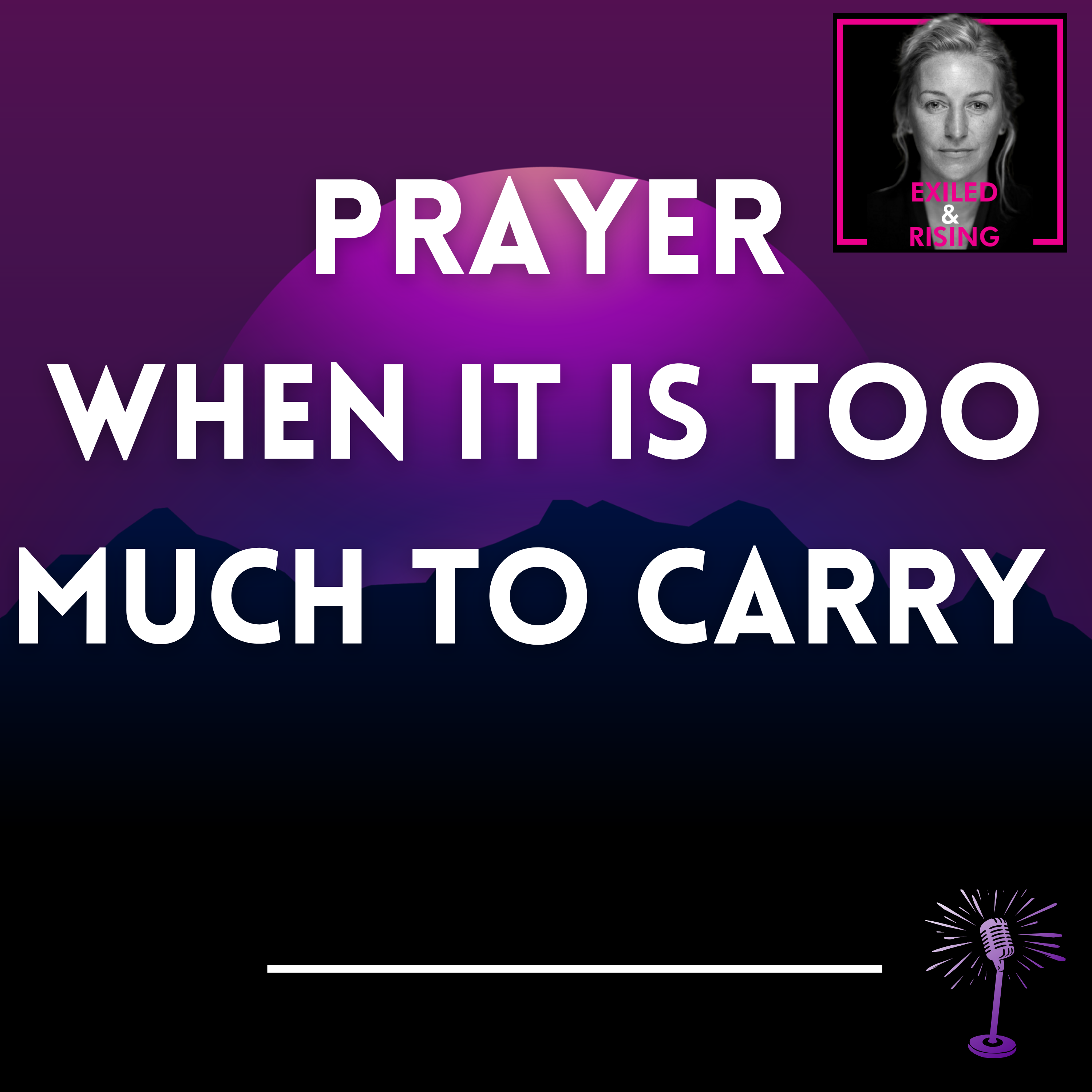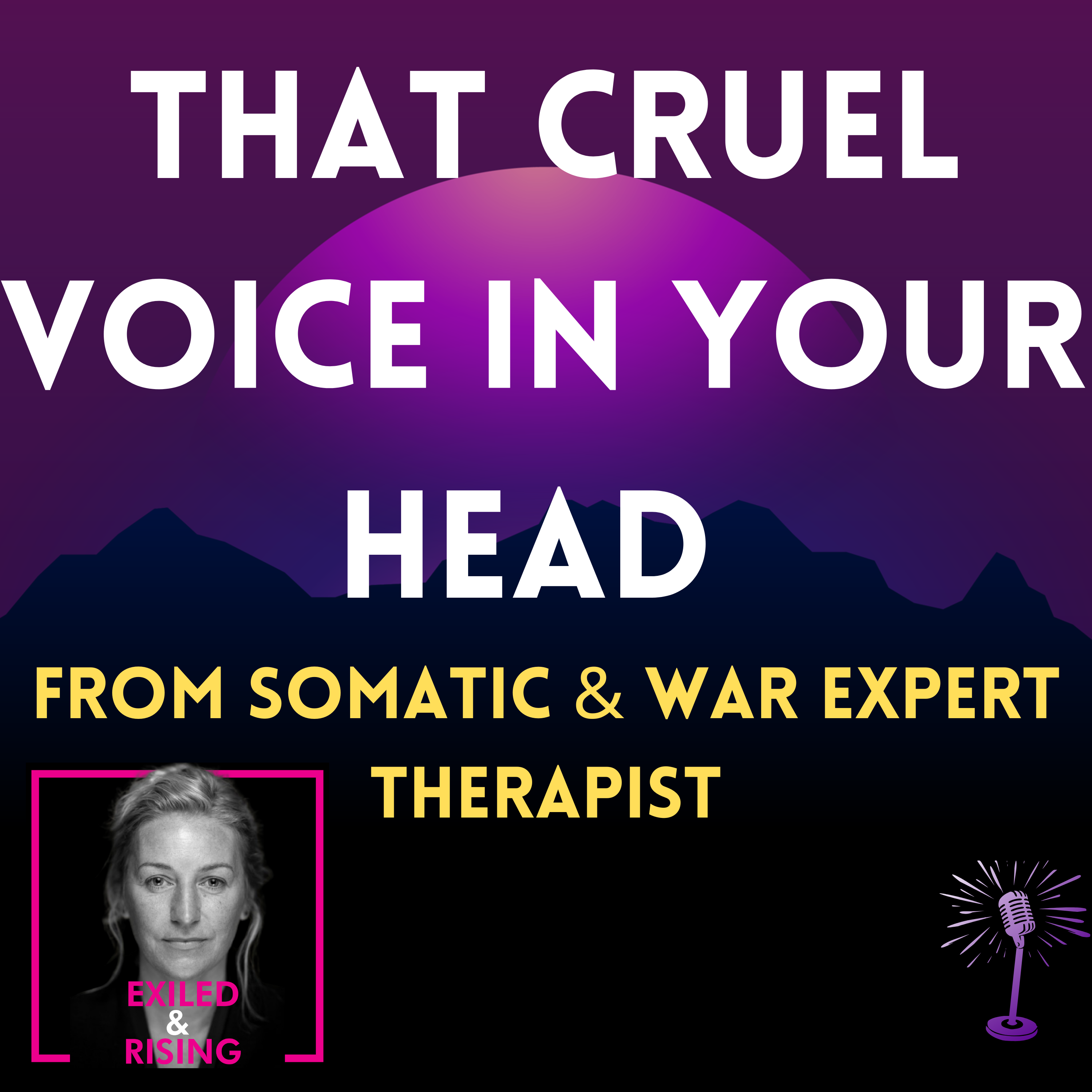Show Notes
-
Practical grounding tools for acute panic – She offers listeners two simple, repeatable practices to interrupt spirals of panic in high-stakes moments:
-
Naming the external disruption (“It is okay if the mad one disengages or leaves”).
-
Asking, “Who is doing my job right now?” to anchor in the adult self.
-
-
Parts work meets somatic awareness – Ana bridges inner child work and somatic experiencing. She teaches how to identify when a younger, scared part of the self has “taken over” and how to step back into the adult self.
-
Reframing the trigger – Instead of personalizing someone else’s anger or chaos, she normalizes seeing them as “the mad one.” This creates emotional distance and protects self-worth in the moment.
-
Embodiment through concrete cues – She suggests writing your age on your palm or sticky note. This somatic anchor interrupts regression and reminds you: I’m an adult now. I have wisdom and capacity.
____________________________
ANA OFFERS, PROGRAMMS. ENROLL NOW:
From Panic and Anxiety At Workplace To Authority and Calm Program:
✨ https://exiledandrising.mykajabi.com/offers/vAyLAoeF
Somatic Programs for Trauma Recovery:
✨ https://exiledandrising.mykajabi.com/
Buy Book: The Trauma We Don't Talk About https://amzn.to/41SjKKL
Please donate and support podcast continuation
https://exiledandrising.castos.com/donate?_gl=1*143ufxc*_gcl_au*NDc5MTE5MjU3LjE3NTYwNTYzMTU
️ Ana’s Lens
-
Trauma-aware professionalism – She shows that trauma recovery isn’t just about the therapy room; it’s about real-life tools people can use in boardrooms, dates, and daily life.
-
Empowerment in power dynamics – She teaches listeners how to reclaim their ground when someone else tries to dominate or destabilize them.
-
Gentleness with activated parts – Her language (“your little one is safe”) honors the scared child without shaming it, modeling compassionate self-dialogue.
Key Takeaways for the Audience
-
You can externalize panic. Panic is not your essence—it’s a part. When you place it outside your body, you gain space and clarity.
-
Not all reactions are “you.” Sometimes it’s a younger self showing up. Naming “who is doing my job” helps you step into your adult authority.
-
It is okay to let the “mad one” go. You don’t have to manage or fix them. Your role is to stay grounded and do your task.
-
Simple anchors matter. Writing your age on your hand is a radical yet accessible act of self-reminder: I’m safe. I’m not a child anymore.
Therapeutic Lessons for Other Practitioners
-
Blend cognitive inquiry with somatic anchors – Ana shows how to integrate inner dialogue (“Who is doing my job?”) with physical reminders (age on palm). This combination strengthens nervous system regulation.
-
Normalize regression – Instead of pathologizing panic, Ana frames it as a child part taking over, which can be met with compassion and reorientation.
-
Trauma-informed workplace tools – Therapists can adapt this method for clients navigating professional or relational stress, showing healing practices can live outside therapy sessions.
✨ Distilled Lessons
-
Panic in adult life often signals the child-self resurfacing in moments of threat.
-
Healing means learning to differentiate between the child part and the adult self.
-
Power lies in reminders of age, safety, and present capacity.
-
You can let others’ chaos be theirs without absorbing it.
Main Quotes
-
“It is okay if the mad one disengages or leaves.”
-
“Who is doing my job right now?”
-
“You are not little one anymore. You’re an adult now.”
-
“Write your age on your palm to remind yourself of your wisdom and capacity.”
About Ana Mael: Ana Mael is a genocide survivor, somatic therapist, and author of The Trauma We Don’t Talk About. She is the founder of the Somatic Trauma Recovery Center and has dedicated her career to helping survivors reclaim their identity, dignity, and self-trust. With decades of lived experience, Ana offers a unique, unapologetic approach to healing that combines trauma justice, somatic therapy, and spiritual integrity. She advocates for vulnerability, accountability, and collective healing to dismantle the systems that perpetuate oppression and harm.



